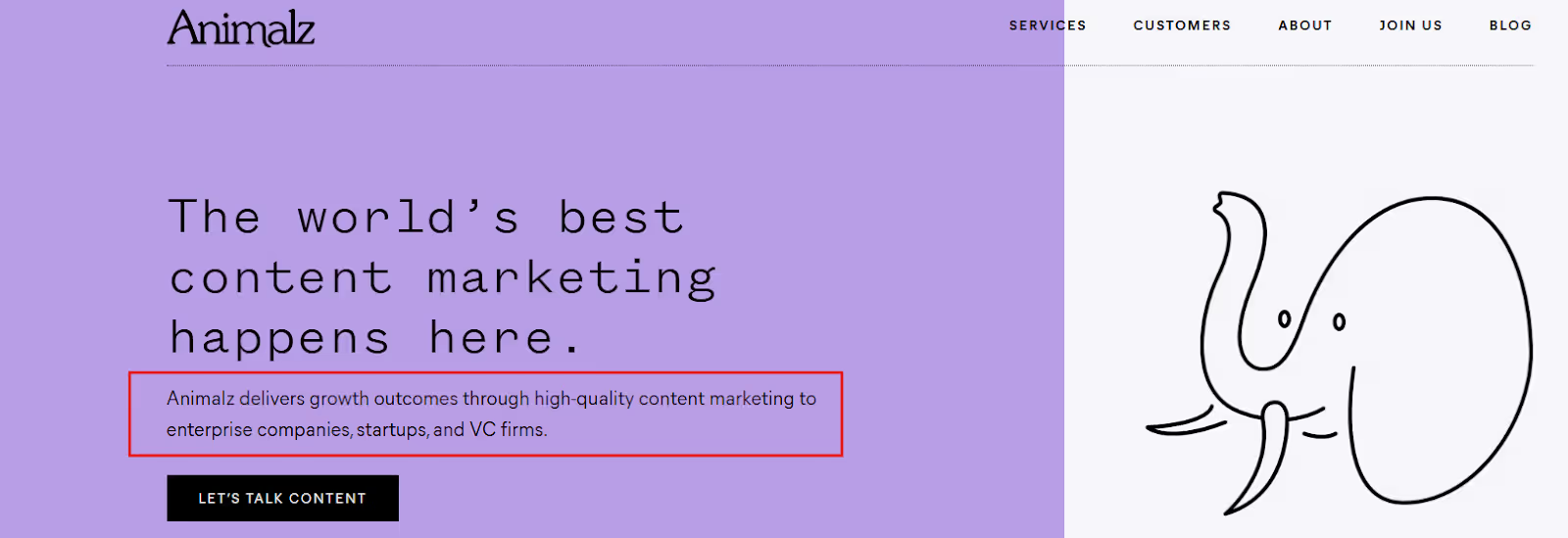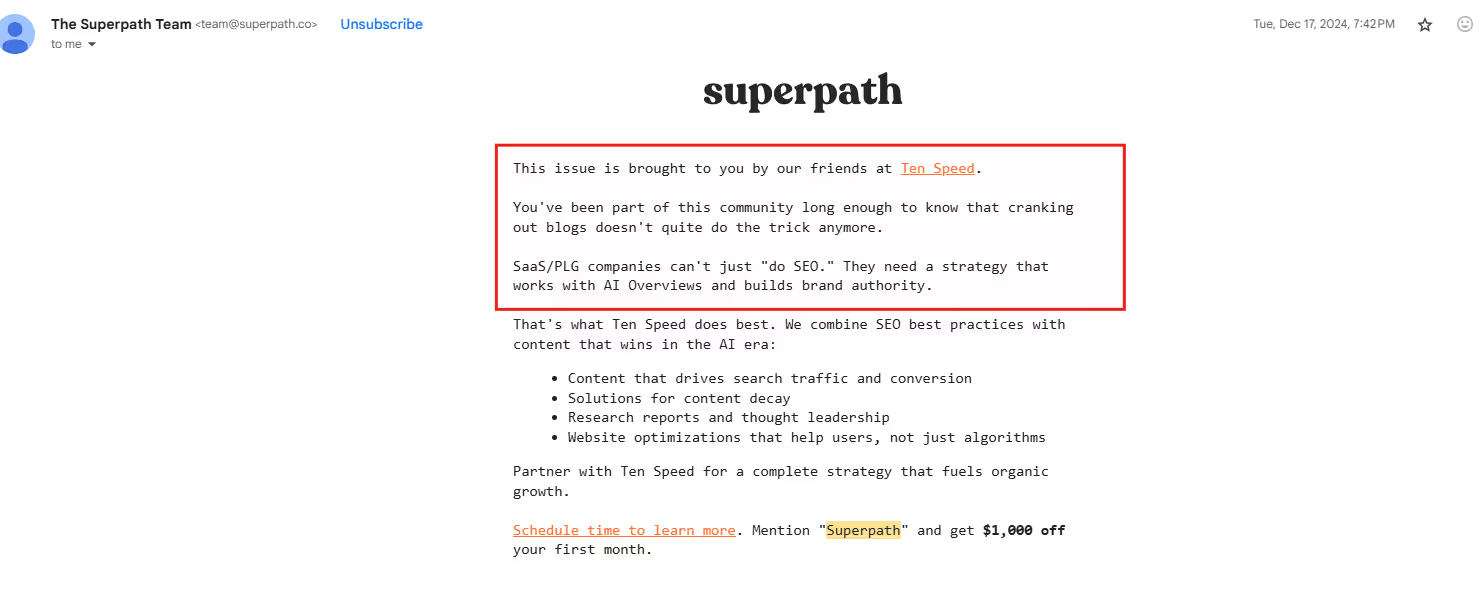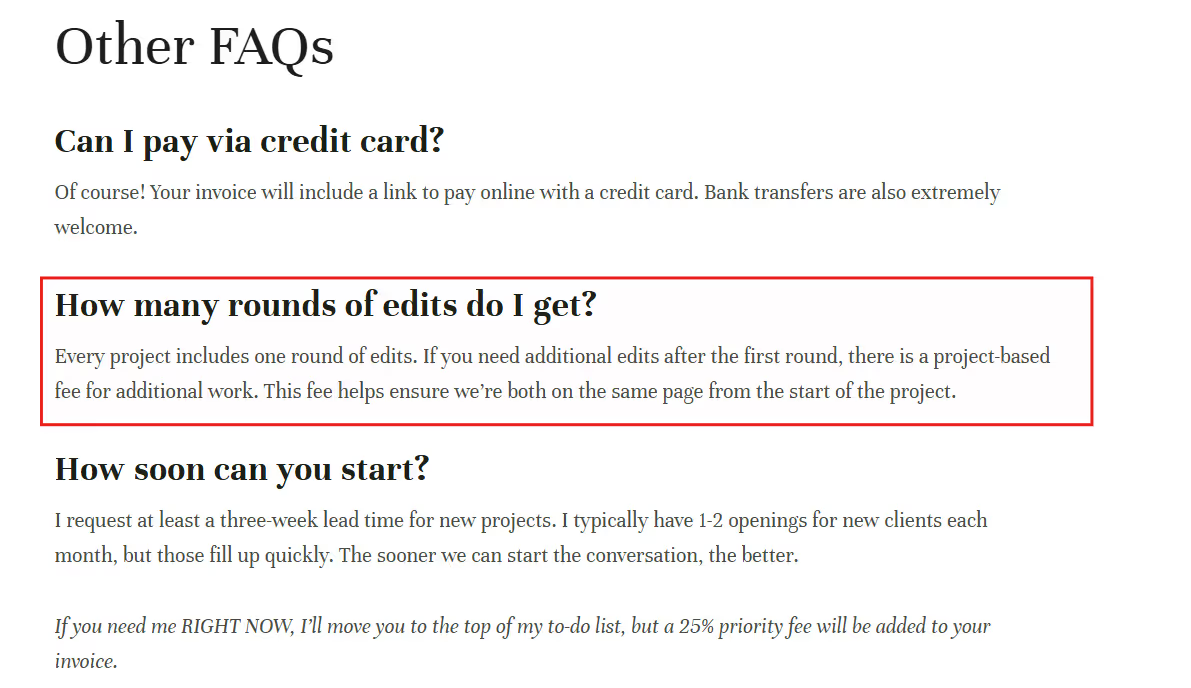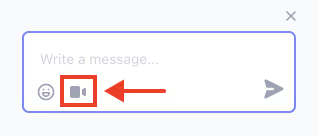10 Agency Mistakes Owners Often Make (And Solutions)
Your agency's biggest problem this 2025? It’s probably on this list. Here are 10 costly agency mistakes and how to fix them before it’s too late.




If you are running an agency, you probably have the following questions:
And many more.
While you may be well-informed about the services you offer, it's common to make strategic or tactical mistakes when answering these questions for your agency.
In this post, I share 10 common mistakes agency owners make and offer ways to avoid them.
These ideas are from agency owners like you who have built their businesses to 6 figures— some, like VideoHusky and SeoBrothers, have crossed the million-dollar annual revenue mark. You can learn more about how they productized their services successfully here.
Some of the mistakes you must avoid include:
One of the most common problems of agencies and B2B services is the lack of a clear differentiation.
While they have a good value proposition, their messaging does not reflect the pain points they address or the specific audience their service is intended for.
As a result, they struggle to stand out from competitors and establish a reliable lead generation system.
Here's an example:
Let’s say you’re building a startup and looking for a new bank for your business. You have two choices:
Which one would you choose?
You’ll probably choose the second option. That's because it positioned itself specifically to address the banking problems you will have as a startup.
This is what positioning is about: it’s about clarifying your messaging and offer so that your ideal clients will choose your services over the competition.
Start by answering the following questions:
Here’s a 3-step approach to positioning your agency services:
For B2B, I’ve seen that the “Job-to-be-Done” framework is a good way to nail positioning. Find what “tasks” your prospects have in their current job and how your service can help them with those tasks.
I like to check G2, Capterra or even Google Reviews to see what people say about my competitors. Pay attention to how they describe their services to find ways to phrase your offerings better. It can also help you know how to improve your services (or shape it to be exactly what they’d want).
Here's an example from HigherVisibility:

Reviews like this also help you recognize that they have a brand success manager, so having one, for specific reasons, can help your agency as well.
What are the attributes of your ideal clients? Title, team size, industry, geography?
This helps you have an idea of the type of companies or the job titles to which you want to offer your services. It can help you while doing outreaches.
Once you’ve done the above, use this formula to position your agency:
“We help (specific segment/type of company) solve/achieve/do (Job-to-be-Done) by doing (vertical service you offer).”
📌 Note that you may also have several segments or services, so factor this in while writing your angle—who your agency serves and how.
Another big mistake agency owners make (especially at the beginning) is charging too little for their services.
I know the temptation: If I charge lower prices than my competitors, I’ll get more clients, right?
As good as it sounds, this comes with two potential problems:
You want your agency to deliver value and increase clients’ ROI, but you can’t do this by charging too little. If you lead with low pricing, you won't be able to keep up with the volume of work, and you'll end up with subpar deliverables.
This, in turn, affects your ability to invest in your team (more on this below) and profitably reinvest in marketing and growth.
So what should you do instead?
In other words, saying “Yes” to every type of lead that comes to you.
The problem is that not every client is suitable for your agency's services. And that’s okay!
As Jake Jorgovan mentioned in his post: “Your service isn’t a right fit for everyone, but it is a great fit for a small subset of customers.”
Some clients might get a lot of value from your service, whereas others might not, for various reasons: Their business is too small, your agency services do not fit their strategy, they don’t want to take time to see the results, etc.
Also, saying a lot of Yes is an issue: here’s what someone said:

So, how do you avoid making this agency mistake?
Again, this comes back to our point on positioning. Once you successfully identify your ideal clients, you’ll know exactly what their pain points are and will be better able to solve their problems with your services.
For example, you can create solutions or use case pages that explain what type of client or industry your agency serves. You can also write it on your website.
Here's an example from Animalz:

Here’s another portfolio example from Flow Ninja, a webflow design agency.

Finally, you want to align your agency services with your clients’ long-term plans. The best way to do this is to qualify your clients during demo calls and onboarding to ensure that your agency services are well integrated into their company plans.
This helps you know how to support them to make your partnership more valuable and financially rewarding.
Another common agency mistake is not setting clear expectations upfront with clients.
Without clear expectations, clients might have too high or completely different expectations from what you offer (or what they can get). This usually leads to disappointment.
You want to set your expectations on the following matters:
As a first step, I highly recommend packaging or productizing your services.
Productizing your services has multiple benefits: it's easier to sell, you can specify what clients will expect, and you can also get paid upfront.
Here's an example of a productized offering from Flow Ninja.

See Flowout too.

If you'd like to go the productized service route, you can use ManyRequests. It lets you create different categories of services and specify if you want to be paid hourly, per project, or deliverable:

It automatically creates invoices as well, so you don't have to worry about creating invoices or following up with clients who haven't paid.
In addition to standardizing your service offerings, make sure to create a scope of service and what each service entails. Here's a free template for a Webflow agency.
You can customize other free templates here.
You can also write the type of work you usually provide so clients know what you do and don’t do.

This page will help your clients understand how you deliver services.
For example, you can include a diagram of how it works to get started with your agency or a timeline of your agency engagements over 1 year. It can also be as simple as Teamtown does here.

Note: There’s a step 2 under this page, where Teamtown wrote more about how they operate. Check their page.
Finally, this Our Process page is an opportunity to demonstrate your expertise and show you know what you’re talking about. You can add links to case studies or recent results you have achieved for your clients. You can take ideas from the portfolio page of Flow Ninja.

This page will help clients decide whether they are fit for the services of your agency.
You can include information such as :
Here's an example from Victorious SEO about the industries they serve.

Add FAQs on your pricing page or service pages. Here are some things you can include in it:
Once you set expectations with your clients, it’s essential to onboard them successfully.
With proper onboarding, your clients will know exactly how you work and will be empowered to communicate effectively with your agency during the projects. For proper onboarding, consider these:
One of the first things is to set up a kick-off call or send a welcome email.
In the call or email, you can discuss:
A client portal is a great addition to making clients feel like a part of your team. The idea is to have a single source of truth for everything related to your agency:
🚀 Note: With ManyRequests, you can create a customized client portal with welcome screens for your agency clients. Click these links to learn more about ManyRequests and sign up for a 14-day free trial.
Let’s now jump into marketing and attracting leads, especially how you can improve your website.
You need to look at two things:
1. Your website content.
2. Technical aspects (speed, website structure).
Your website content has several goals. To:
Read more on the 11 must-haves on your agency website to convert more clients.
You can also study a couple of competitor websites to see what they did and how you can recreate their pages for your website.
In addition to this, you want to make sure to check the technical SEO health of your website:
You can audit your website to learn all this information by using a third-party SEO tool like Ahrefs, SEMrush, or Moz. Simply enter your website URL on either of these tools, and it'll analyze your pages to look for broken links, unindexed pages, and others.
📌 Learn more about technical SEO here.
Another agency mistake is the lack of a proper system to generate leads.
They rely on short-term tactics or “growth hacks”. In short, they have no clear marketing strategy. To fix this, consider doing any of the following:
For example, here’s Ahrefs list of marketing agency partners:

Here's an example from one of Superpath’s newsletters:

Here's another example from Katelyn Bourgoin's 63k audience! newsletter. Superside paid for a partnership, and are mentioned in several emails like this:

Read these articles to shop for more ideas:
Another agency mistake is the lack of processes. The agency's “knowledge” is siloed among a few team members (usually the agency owners). This means there is no documented process which can help you:
Having a documented process gives clarity to your team so they know what to do in certain situations without contacting you.
Here are some examples of processes you can create for your agency:
You can use Google Docs or Notion to centralize your SOPs and improve them over time. Make sure that this documentation is accessible to relevant individuals and encourage them to improve it.
In addition to creating processes, set up the software that helps your business:
Another agency mistake is unspecified revision times.
You send a design draft to your client. They reply with vague feedback through email. You make the changes. They want more revisions.
This cycle continues until your team is frustrated, the timeline stretches and your profit margins shrink.
This scenario plays out in creative agencies every time. Here's how to fix it:
Write your revision policy before starting any project. For example, write that:
"Each design project includes 2 rounds of revisions. A revision round consists of all feedback provided within 48 hours of receiving the design draft. Additional revision rounds are billed at $150/hour."
Yes, you can do that. Here’s an example from Kaleigh Moore.

This policy prevents endless revision cycles, motivates clients to provide comprehensive feedback, and protects your profit margins.
Replace email threads with a proper markup tool, especially if you're a design agency. Your clients need a way to point to specific areas of the design and leave contextual comments. This eliminates vague feedback like "make the logo pop" and replaces it with specific, actionable requests.
You can use ManyRequests for this. Here’s how it’ll look like:

They can also use the Loom integration to record a video if necessary:

Also, avoid:
You need to create a brief before jumping into a project, especially if all the client says is, "we need a design that has modern look and provides better user experience."
Incomplete (or not having) creative briefs cause project delays, scope creep, and frustrated clients. To fix that, do these:
Your creative brief must capture:
You can use this template every time you have new work. After the template, get approval.
Before starting any work:
Here’s an example if you’re a content team:

Now that you know the agency mistakes to avoid, here’s what you can do next:
1. Join our community of 5000+ agency and productized service founders. Feel free to share the biggest mistakes you made and how you overcame them. You can learn from other agency owners, and they can also learn from you.
2. Read more on how to create a productized service agency.
3. Start your 14-day free trial of ManyRequests to see how it can elevate your agency.
Originally Posted: September 7, 2021